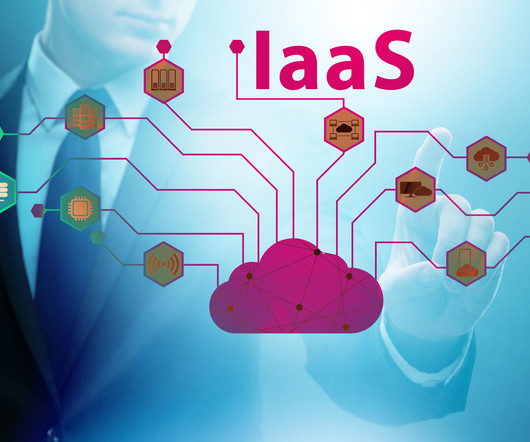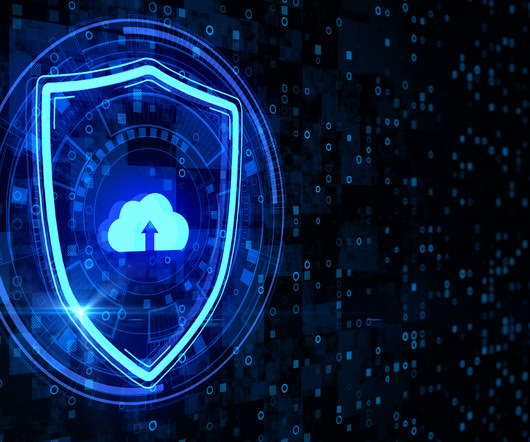Types of Cloud Security Controls & Their Uses
eSecurity Planet
SEPTEMBER 23, 2024
Gain a Comprehensive View of Cloud Configurations, Users & Policies Cloud security controls give enterprises complete visibility across cloud environments, allowing them to monitor user activity, analyze configurations, and verify policy compliance. It specifies 133 control objectives for 16 security zones.













Let's personalize your content